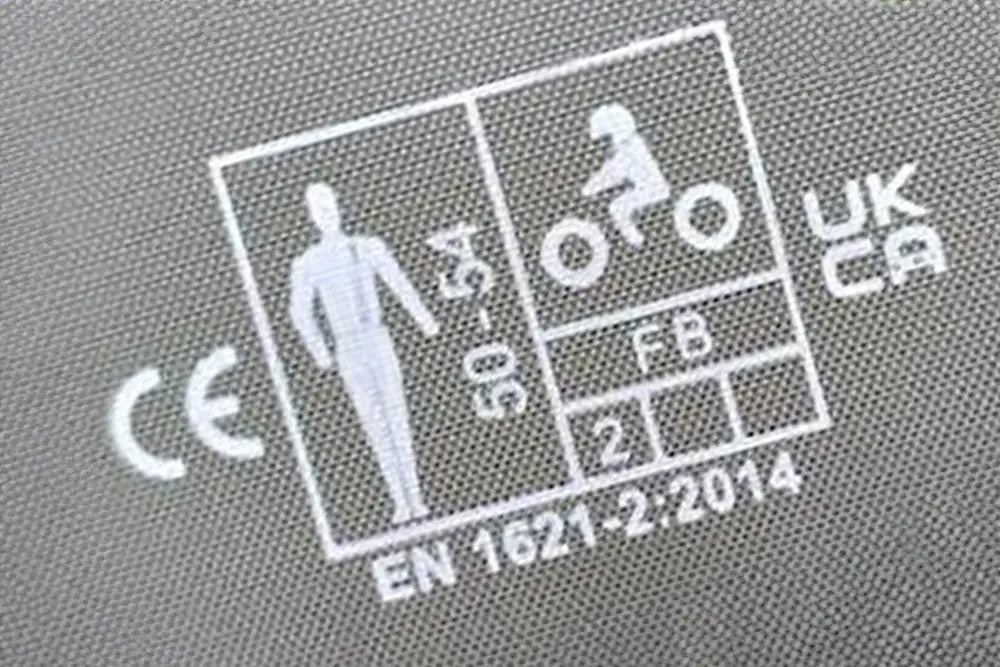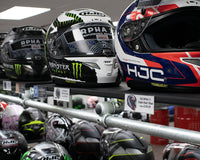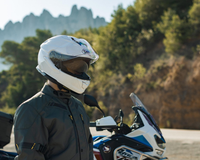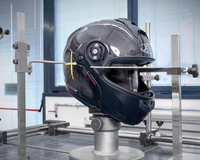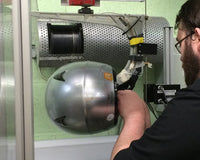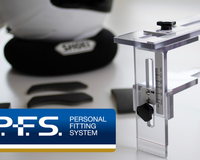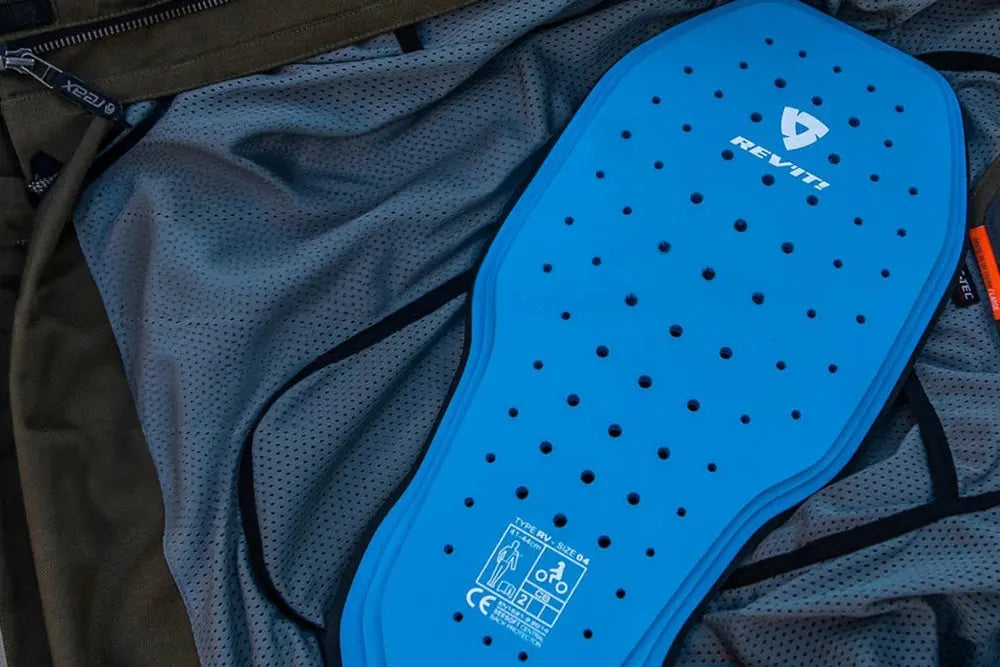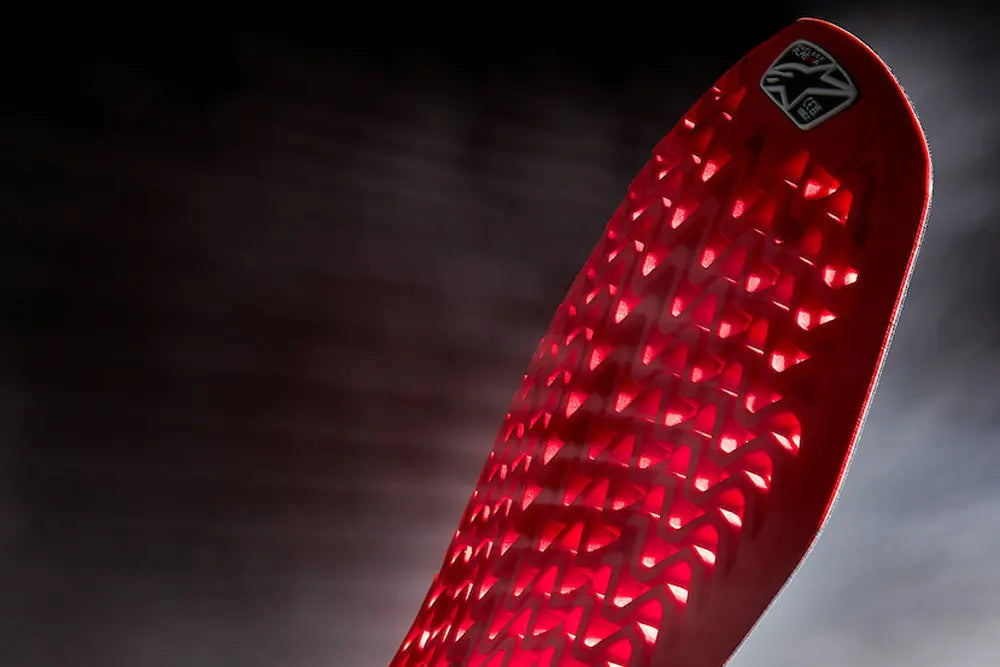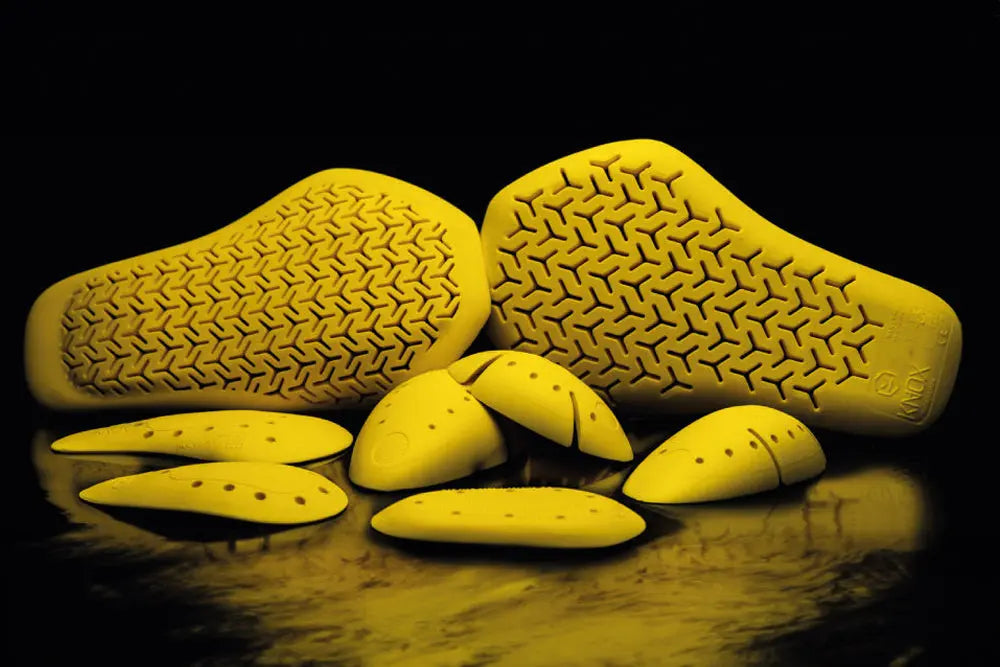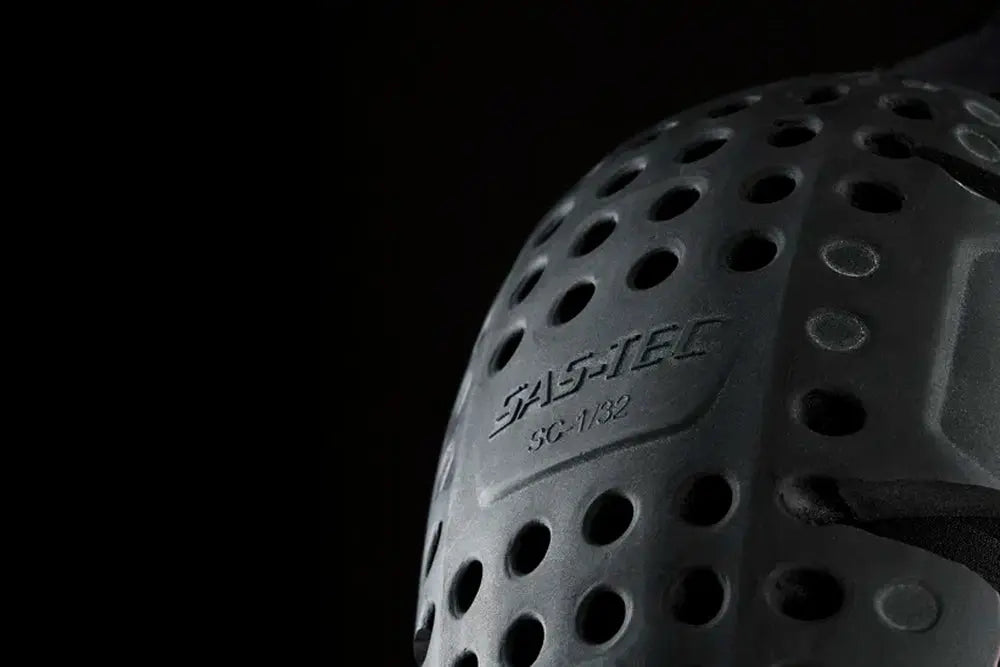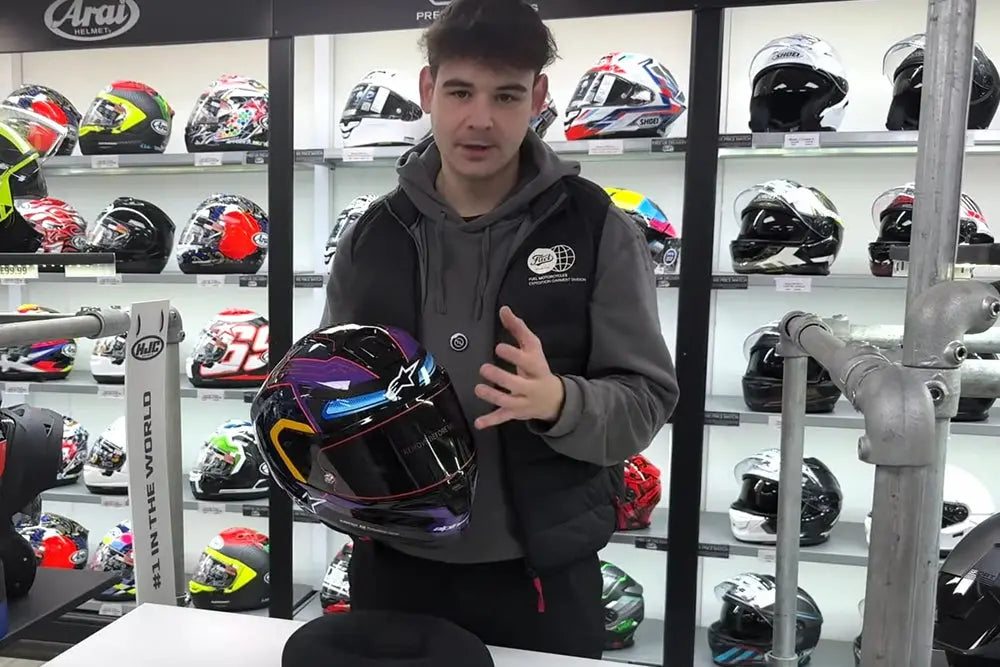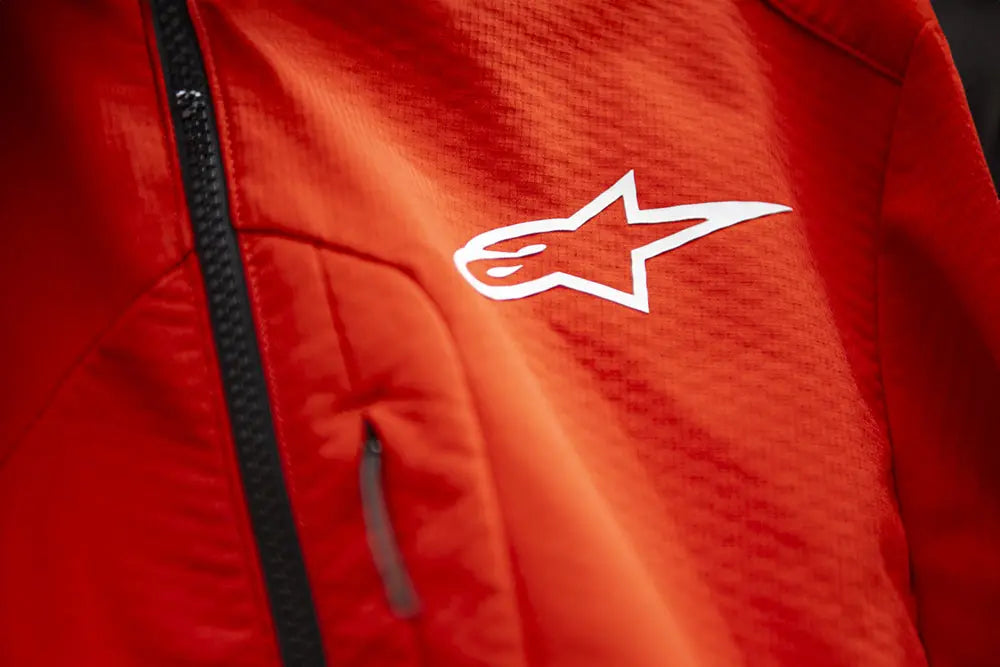At Moto Central, we understand the importance of rider safety. Whether you're a commuter, tourer, or track-day enthusiast, investing in the right protective gear can make all the difference. One of the most essential but often overlooked pieces of protection is the motorcycle back protector. This is where EN 1621-2 comes into play—a European safety standard that ensures back protectors meet strict impact resistance requirements.
In this guide, we’ll explore which brands use EN 1621-2-certified back protectors, why they use them, the benefits of this standard, potential drawbacks, and what to consider when choosing the right protection for your ride.
What is EN 1621-2?
EN 1621-2 is a European safety standard specifically for motorcycle back protectors. It sets the benchmark for impact absorption, ensuring that protectors reduce the force transferred to the spine in a crash.
The standard has two protection levels:
- Level 1: Allows a maximum transmitted force of 18 kN. Suitable for everyday riding where flexibility and comfort are prioritised.
- Level 2: Allows a maximum transmitted force of 9 kN, offering higher impact absorption. Often used in racing, touring, and adventure riding.
Which Motorcycle Brands Use EN 1621-2 and Why?
Leading motorcycle gear brands incorporate EN 1621-2-certified back protection into their jackets, racing suits, and standalone protectors. Here’s why:
- Alpinestars – Their Nucleon and Tech-Air ranges use EN 1621-2 protectors in both insertable and standalone designs. The Tech-Air system combines airbags with impact-resistant materials.
- Dainese – The Pro-Armor and Wave back protectors provide lightweight but high-level protection, commonly found in their premium racing suits.
- Knox – Specialists in body armour, Knox offers advanced back protectors like the Aegis and Metasys series, designed for track riders and touring enthusiasts.
- Rukka – Uses D3O Air protectors in their high-end adventure and touring jackets for impact absorption with flexibility.
- Forcefield – Known for highly flexible and breathable armour, Forcefield’s Pro Sub 4 and Sport Lite series are among the most protective options.
- Revit – Their Seesoft and Tryonic back protectors blend impact resistance with ventilation, ideal for long-distance riding.
- RST – The Viper and Contour Plus protectors are designed for affordable but effective protection, making them popular with everyday riders.
Alternatives to EN 1621-2 in Motorcycle Gear
While EN 1621-2 sets the standard for back protection, there are other technologies and safety innovations used in motorcycle gear:
- CE EN 1621-1: This standard applies to limb protection (shoulders, elbows, hips, and knees), ensuring impact absorption similar to EN 1621-2 but designed for smaller body areas.
- Airbag Systems: Brands like Alpinestars Tech-Air and Dainese D-Air use electronic airbags that deploy in milliseconds, providing coverage beyond standard back protectors.
- D3O Armour: Found in brands like **Rukka, Klim, and Furygan**, D3O is a flexible material that hardens upon impact, offering lightweight yet effective protection.
- Koroyd Technology: Used in **Rukka and Klim jackets**, this honeycomb-style protection provides shock absorption while maintaining airflow.
- SuperFabric: A highly abrasion-resistant material used in jackets and suits to enhance **sliding protection**, often paired with impact protection systems.
These alternatives complement **EN 1621-2-certified protection**, offering a mix of **impact resistance, flexibility, and advanced technology**.
Final Thoughts
At Moto Central, we believe that **investing in high-quality protection is one of the best decisions a rider can make**. Whether you're riding through the Midlands, tackling long-distance tours, or heading to the track, a certified **EN 1621-2 back protector** can significantly reduce the risk of serious spinal injuries.
Explore **EN 1621-2-certified back protectors at Moto Central** and enjoy **free UK delivery on orders over £25 with a 365-day return policy for complete satisfaction.**

